As a speech and language therapist in Malta, one of the most frequent questions I am asked this time of year is “What can I buy my child for Christmas to help them learn?’’. The truth is the most expensive toys are not necessarily the best, and worryingly there are many things on the market claiming to teach our children an array of skills. It is widely acknowledged children come to learn about the world around them through play, and play itself goes hand in hand with successful language development. So, my key message this year would be to do away with the batteries and opt for humbler traditional toys.
With so many hundreds of toys in the aisles to choose from, it can be very difficult to know where to start. The easiest way when toy shopping is to break them down as many speech therapists do, into categories.

Toys that support pre-verbal skills (working on building the foundation skills required to develop language)
Pre-verbal skills are the skills your child needs to have in place before developing language. These may include skills such as sorting, matching, waiting and turn taking skills, imitation as well as cause and effect. When working on developing a child’s pre-verbal skills it really helps have a look around for toys that match the skill you want your child to achieve. For example, if you want to improve your child’s matching skills look for pairs of identical toys, like two small farm animal sets, so your child can match a cow to an identical cow.
Encouragement of play with toys that make noise or movement when an action is taken is also known as cause and effect. Developing cause and effect is important as your child learns that his behaviour and actions result in a response. This helps your child to develop early communication and cognition skills, which are necessary to understand the cause and effect relationship. Pop up toys are perfect cause and effect toys.
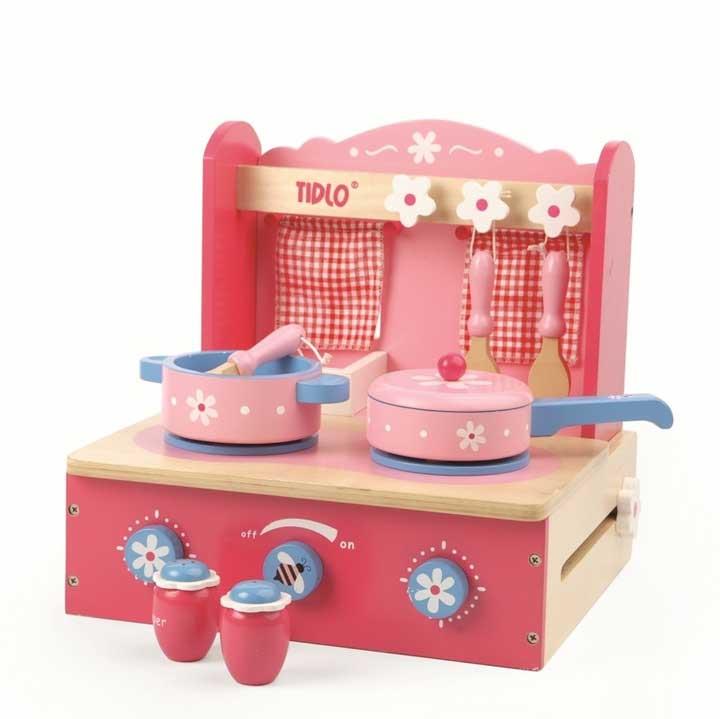
Toys that get them thinking (working on cognitive and often fine motor development; includes puzzles, blocks, creative and craft toys)
Our children are so busy gathering information and learning about the world around them using their senses. Toys that appeal to multiple sensory modalities include those with bright colours, interesting textures, and sound elements are great for language development, this could be brightly coloured stacking rings for a baby, or more complex wooden inset puzzles for your toddler. Shape sorters are also great toys, as your child learns to problem solve.
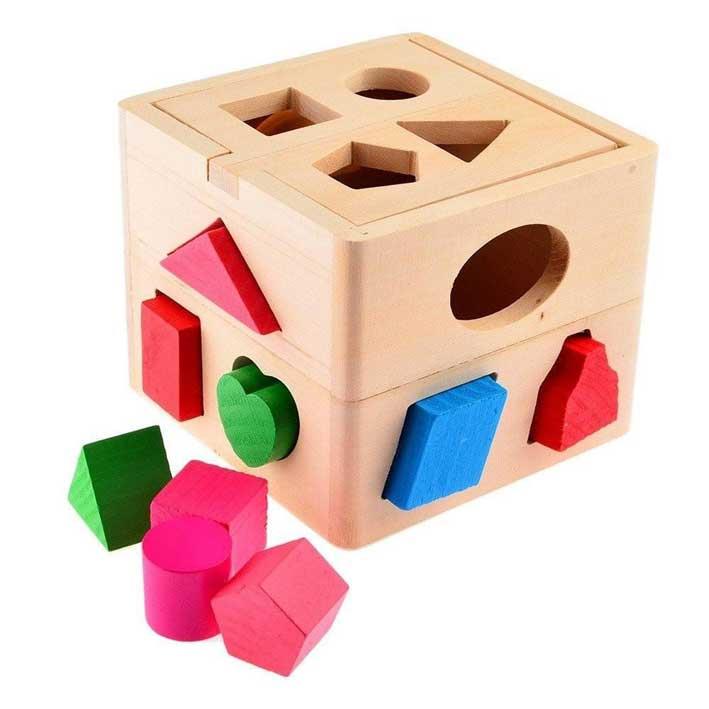
Toys that get them pretending (working on language and social/emotional development, problem solving, motor skills; includes dress-up clothes, kitchen sets, stuffed animals.)
Both symbolic and Pretend play allows for endless language learning opportunities. Children learn many skills through copying you, this may be pretending to use a phone and chatter away, or then using their imagination such as using a cup to pretend it is a phone to talk. Children will play and act out scenes they have observed in their daily life, such as pouring drinks with a tea set or washing a doll. When children engage in this type of play they can work through problem solving, as well as developing their likes and dislikes. They also begin to show understanding of relationships and social situations around them. For example, they may start with simply hugging a teddy bear and putting it to bed, then later assigning their toys different roles, responsibilities and turns throughout their play. Problem solving comes into it when the child must adapt the situation, for example they may pretend to burn their dinner, run out of juice or have no more apples left, go to a pretend shop and get more. Pretend play is a crucial step in play and language development and I cannot advocate enough toys that promote these skills!
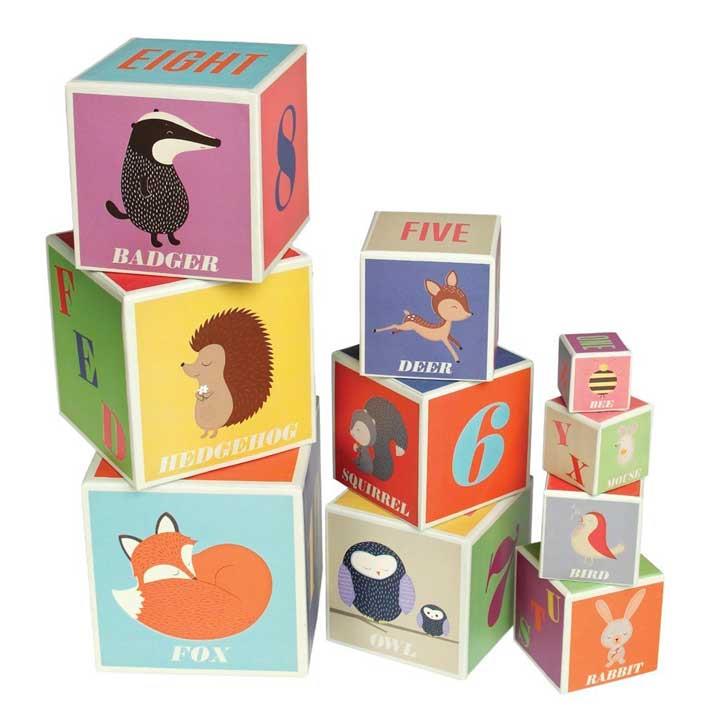
Toys that get them moving (working on gross motor development; includes ride-on vehicles, instruments, balls)
These toys can be just about anything to promote reaching, grasping and movement in general. Personally, I love bowling sets to encourage waiting and turn taking skills. It’s also great for learning to wait until something is ready to play. For children who find waiting hard, you can start by having them knock down one pin, then run get the ball while you set up two pins, and then gradually increase the time they wait for the pins.
For babies playmats are a wonderful environment to explore and for toddlers, trikes and traditional hobby horses are fantastic. Sometimes specific toys are not even required to help children play in this way, for example building forts and dens!
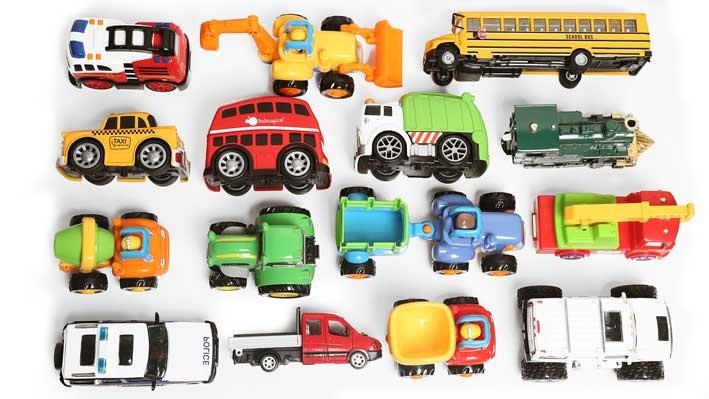
If you think your child may receive hundreds of toys this Christmas and this can be over stimulating, why not have a toy rotation where you swap the toys available to them every few weeks? Ultimately what is priceless isn’t the price tag, but it is the time you spend playing with your child, helping them learn and develop - and none of us need the most expensive toys on the shelf to do that.
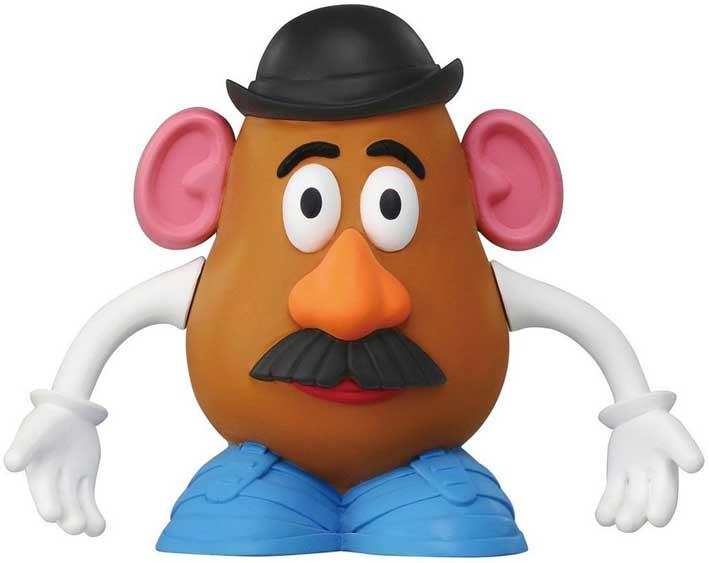
Top toys
Wooden blocks/Lego
Pretend sets such as kitchens, toy food or tea sets
Dress up clothes
Cars, trucks or transport- they do not need to be flashy or make lots of noise!
Mr Potato Head
Pop up Pirate
Play dough
Farm sets or other scenes of the child’s interest
Tool sets
Stacking blocks/cups
Books
Shape sorter (not for learning shapes and colour- but for problem solving!)
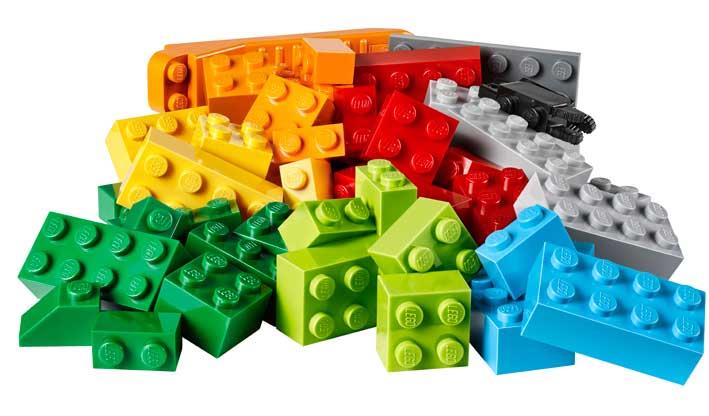
Dayna Clarke is Senior Speech and Language Therapist at Inspire Foundation for Inclusion, and independent practitioner at Anici Pharmacy and Medical Centre.